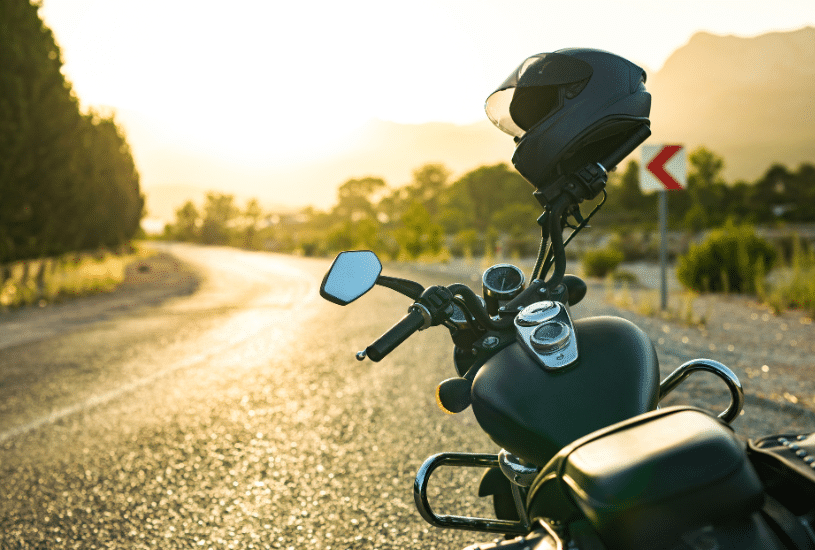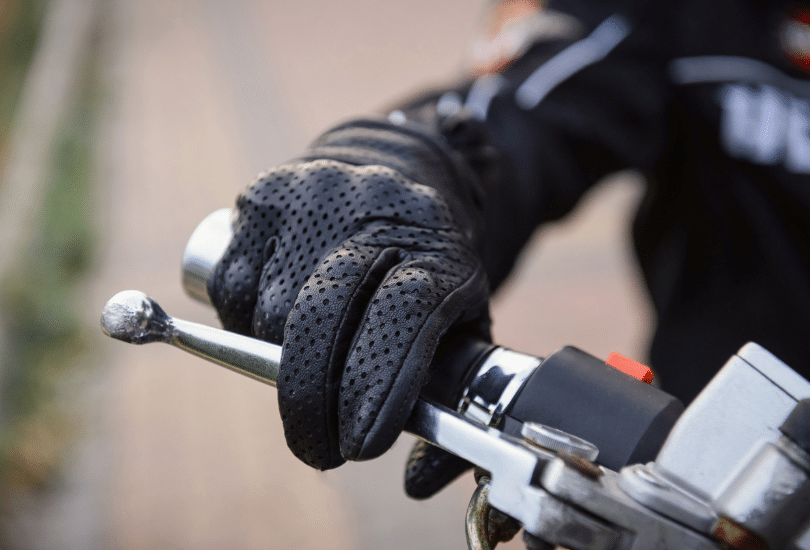There’s nothing worse than hopping on your bike and preparing for a ride only to realize your battery is dead. While a dead battery can dampen your plans for a long afternoon ride, charging your battery isn’t too challenging. You simply need to know the proper steps to ensure a safe, correct charging experience.

Read ahead to learn how to charge a motorcycle battery.
1. Take Necessary Safety Precautions
Like handling any large battery, charging a motorcycle battery can be dangerous if you do not take the necessary precautions. Batteries can give off toxic vapors and put you at risk of electric shock if you do not handle them correctly.
As a result, before you begin attempting to charge your motorcycle battery, you should:
- Turn the ignition off
- Wear non-conductive mechanical gloves
- Clean up any gasoline or oil near the battery
You should also make sure you fully understand the steps involved in charging your battery before beginning. Rushing into the process could put you in danger of electric shock or damage your battery.
2. Determine Your Battery
Once you’ve prepared the area and gathered the necessary safety equipment, you can take a closer look at your battery type. If you have a lead-acid, gel, or absorbed glass mat (AGM) battery, you can charge it using a general charger. However, you may need a special charger if you have a lithium-based battery.
3. Choose a Charger
There are a few different motorcycle battery chargers that you can use to charge your battery.
First, trickle chargers convert AC power from your wall outlet to DC power, blindly pumping your battery with energy until it turns off. These chargers are sometimes known as “fully manual” chargers, as you’ll need to monitor them throughout the charging process.
Meanwhile, float chargers deliver a constant stream of low-voltage electricity to your battery, then turn off when the battery is fully charged. These chargers are a little more user-friendly, as you do not need to monitor them while they charge up your battery. However, they can take anywhere from 6 to 24 hours to deliver a complete charge.
While both chargers can get the job done, we recommend float chargers overall.
4. Remove the Battery
You shouldn’t leave your battery in your motorcycle while charging it. Removing the battery isolates the electrical system and reduces the risk of sparks and shocks.
If you aren’t sure how to remove the battery from your bike, we recommend looking up a video tutorial for your specific bike model.
5. Charge the Battery
Once you’ve taken the battery out of your bike, you can begin charging it using your preferred charger. Be sure to take the battery to a well-ventilated area to prevent any fires or sparks from the hydrogen gas it may emit.
Next, attach the charger to the correct terminals. Be sure to follow the order required by your charger. Some modern chargers can alert you when the terminals are connected improperly, but others do not. Not attaching the terminals in the correct order could damage the terminals.
Once the battery and charger are attached correctly, you can plug in the charger. Depending on your charger, you may need to wait several hours or a full day to charge the battery. Be patient, but make sure not to let the charger overcharge the battery either.
6. Install the Battery
Once your battery is fully charged, you can re-install it in your bike. Again, you may want to watch a video tutorial to see the best method for your specific bike and battery type. Be sure to triple-check that your battery is installed correctly before turning the ignition and starting your motorcycle.
Knowing how to charge a motorcycle battery is an essential skill involved in being a safe rider. However, if you’ve been involved in a motorcycle accident due to another driver’s negligence, we can help. Contact our Law Tigers team today at 1-888-863-7216 to schedule a free case evaluation.



